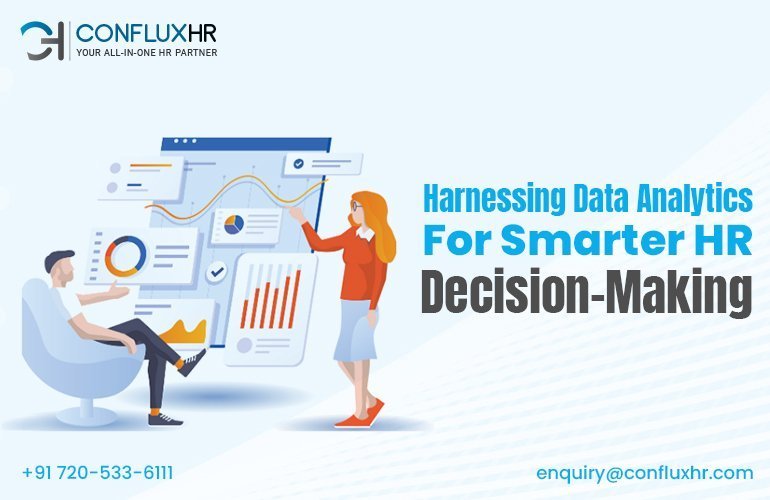Leave, and attendance management is a critical aspect of HR operations that can greatly impact employee productivity, compliance, and overall organizational efficiency. However, it’s easy to make mistakes that can lead to costly errors and disruptions.
In this blog, we’ll explore the top 10 mistakes you must avoid at all costs in leave and attendance management and how leveraging a robust HR management system can help you overcome these challenges.
1. Failing to Automate Leave Requests and Approvals
Manual leave request processes can be prone to errors, delays, and confusion. Automating leave requests and approvals streamlines the process, reduces administrative burden, and ensures accuracy and consistency.
2. Overlooking Customizable Leave Policies
Every organization has unique leave policies. Failing to customize leave policies based on your business needs can lead to inconsistencies, employee dissatisfaction, and compliance issues.
Implementing a system that allows you to tailor leave policies ensures fairness and transparency.
3. Neglecting to Leave Balance Tracking
Accurately tracking leave balances is essential for effective workforce management. Without proper leave balance tracking, you risk leave conflicts, unauthorized absences, and disrupted work schedules.
A leave management module can automate leave balance calculations, providing real-time insights to HR and employees.
4. Ignoring Leave Encashment and Carry-Forward Options
Leave encashment and carry-forward policies can vary based on organizational rules and regulations. Failing to manage these options properly can result in financial implications, legal complications, and employee dissatisfaction.
An integrated leave management system simplifies and automates these processes.
5. Not Having Real-Time Attendance Tracking
Traditional attendance trackings methods, such as manual registers or spreadsheets, are prone to errors and manipulation.
Real-time attendance tracking using biometric systems or mobile applications ensures accurate data capture and enhances workforce management.
(Ready to optimize your leave and attendance management?)
Contact us today for a personalized demonstration of how our HR management software can help you avoid these mistakes.
(Unlock the full potential of your workforce with ConfluxHR.)
6. Neglecting Geofence Punch-In and Punch-Out
Geofencing technology allows organizations to define specific work locations where employees need to punch in and out.
Neglecting geofence punch-in and punch-out can lead to attendance discrepancies, unauthorized remote work, and reduced productivity. Leveraging geofence-based attendance tracking ensures location-based attendance accuracy.
7. Failing to Calculate Overtime Properly
Overtime calculations are crucial for ensuring accurate compensation and adherence to labour laws. Manual overtime calculations can be prone to errors, resulting in underpayment or overpayment.
An attendance management module can automate overtime calculations based on predefined rules, ensuring accuracy and compliance.
8. Overlooking Absenteeism and Tardiness Tracking
Absenteeism and tardiness can have a significant impact on productivity and overall organizational performance. Failing to track and address these issues can lead to increased costs, decreased morale, and disrupted workflows.
Implementing an attendance management system enables proactive monitoring and timely interventions.
9. Not Having Clear Attendance Policies and Communication
Clear attendance policies, properly communicated to employees, are essential for setting expectations and avoiding misunderstandings.
Failing to establish and communicate attendance policies can result in attendance violations, disputes, and decreased employee accountability. A comprehensive HR management system facilitates effective communication and policy enforcement.
10. Lacking Data Analytics and Insights
Without access to accurate and actionable attendance data, it becomes challenging to identify trends, address recurring issues, and make data-driven decisions.
An integrated HR management system provides robust analytics and reporting capabilities, empowering HR professionals with valuable insights for strategic workforce management.
By avoiding these top 10 mistakes in leave and attendance management and implementing a comprehensive HR management system, you can streamline your processes, ensure compliance, enhance employee satisfaction, and drive overall organizational success.




